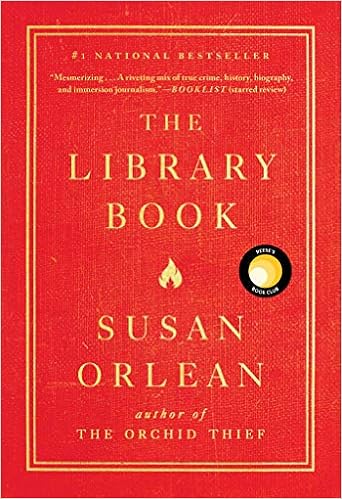We're delighted to welcome Thomas to Type M for Murder.
Thomas A. Burns, Jr. was born and grew up in New Jersey, currently lives and writes in Wendell, North Carolina, and is the author of the Natalie McMasters Mysteries. Tom started reading mysteries with the Hardy Boys, Ken Holt and Rick Brant, and graduated to the classic stories by authors such as A. Conan Doyle, Dorothy Sayers, John Dickson Carr, Erle Stanley Gardner and Rex Stout, to name a few. Now that he's truly on his own as a novelist, he's excited to publish his own mystery series, as well as to contribute stories about his second most favorite detective, Sherlock Holmes, to the MX anthology of New Sherlock Holmes Stories.
The Evolution of the PI Novel
I want to thank Donis Casey and Frankie Bailey for allowing
me to do this guest post. Since my heroine, Natalie McMasters, is a private
detective (trainee, to be precise), I’d like to briefly discuss the evolution
of the PI novel in American crime fiction.
After WWII, a lighter, more happy-go-lucky type of PI became
popular. Robert B. Parker’s Spenser is a good example, as are Jim Rockford and
Thomas Magnum, who had their origins on TV. These guys had the same fierce
independence as their progenitors, which made them attractive to an American
audience, but seemed less tortured by personal demons. The first women PIs
arose shortly thereafter, the most famous being Sue Grafton’s Kinsey Milhone,
but Marcia Muller’s Sharon McCone and Sara Paretsky’s V.I. Warshawski must also
be mentioned.
I would like my Natalie McMasters to follow in these
formidable footsteps, and it’s a daunting responsibility. When my series opens,
Nattie is a pre-law student who’s moonlighting for her uncle’s 3M Detective
Agency, surveilling insurance claimants to be sure they’re hurt as severely as
they claim. It’s not long before she’s confronted by the ugly reality of a
horrific crime, which results in a loss of innocence and ignites her innate
sense of justice.
Nattie changes as the series progresses, and not always for the better, reinventing her career and discovering her sexual orientation is not what she first thought it was. Like many of today’s young people, she has a strong moral code, but she’s unsure of the basis for it and must constantly struggle to make the right choices as she encounters the evil in the world. For this reason, the stories are dark and gritty, definitely not cozies! Trafficked will be available on Amazon April 1.
Nattie changes as the series progresses, and not always for the better, reinventing her career and discovering her sexual orientation is not what she first thought it was. Like many of today’s young people, she has a strong moral code, but she’s unsure of the basis for it and must constantly struggle to make the right choices as she encounters the evil in the world. For this reason, the stories are dark and gritty, definitely not cozies! Trafficked will be available on Amazon April 1.
I think the private investigator has always been an
archetype of the American psyche—strong, independent and at war with
traditional ideas while simultaneously embracing them, and driven to right the
wrongs in the world, often to his or her own detriment. I deliberately chose a
young American woman as the heroine of my new series, because I hope to bring a
new generation of readers to this wonderful genre.



















